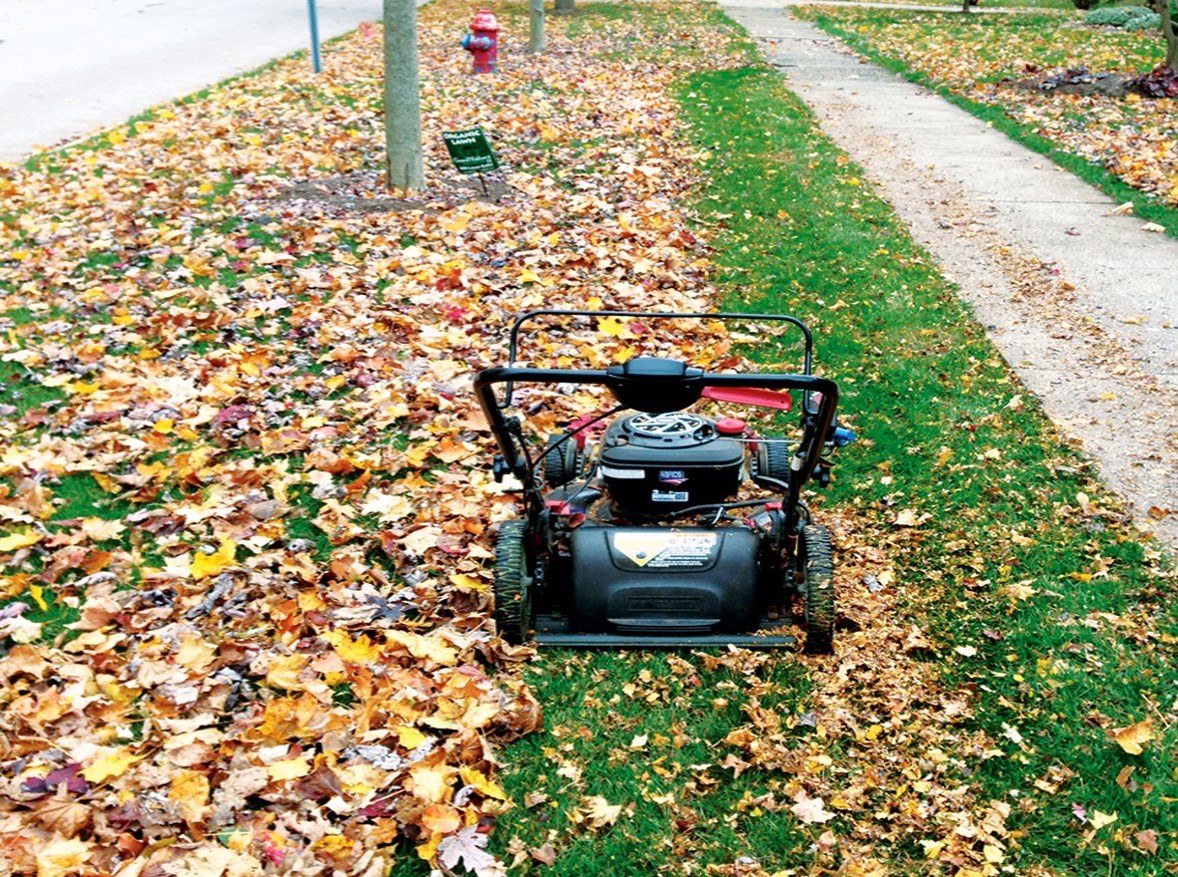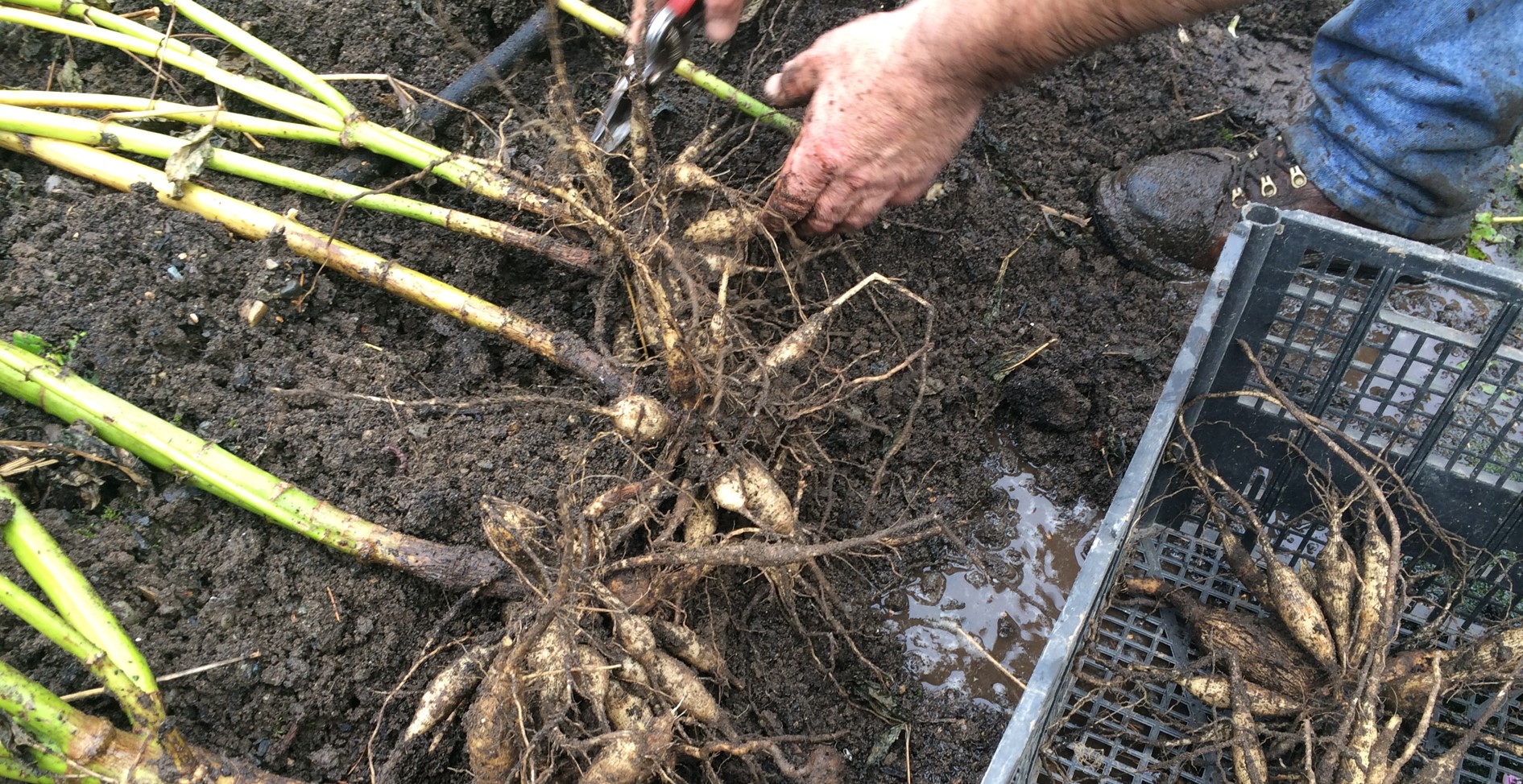Blog

Greener Gardening: Make the Most of Fall Care
It might seem as though growing season is winding down, but there is still so much to do. Fall is a great time to add to your garden and landscape and to give yourself a running start for spring. Phipps has great tips for making the most of fall care.
First, give yourself a break and leave your leaves and perennials in the landscape. Placing leaves in beds or garden spaces serves as mulch and keeps leaves out of landfills. Doing so also creates habitat for pollinators and beneficial insects over the winter. Seed heads can provide food for birds.
“Every stalk that you leave up is beneficial for wildlife,” says Phipps Outdoor Display Manager Jessica Horenstein. “Try to leave as much as you can out in the landscape.”
You can use a mulching mower to break leaves into smaller pieces, which will allow them to decompose over the winter and provide nutrients. You can also store some leaves and use them for mulch in the spring. If you don’t have leaves, you can add compost or mulch to your garden or beds.

Sheet mulching is a technique that gardeners can use in the fall to smother weeds and create new beds or garden space. Horenstein suggests pulling weeds one last time, then covering the soil with two layers of cardboard. Then, top the cardboard with mulch. She says sheet mulching is ideal for beds that won’t be planted right away or for clearing really weedy areas.
Fall is the perfect time to add new plants, shrubs and trees to your landscape. You can also divide or move existing plants. Fill in empty spaces in your landscape or give extras to friends and neighbors. Plant early enough in the fall for roots to establish, about 4-6 weeks before the first frost.
Plant bulbs in the fall when the weather is cooler, but before the first frost. Horenstein says early-blooming bulbs can help feed early pollinators. Two colorful early bloomers are Winter Aconite, which blooms in March and April, and Balkan Anemone, which blooms in April. Check out other options on the Phipps list of Top 10 bulbs. These picks are non-invasive, are resistant to disease and insects, and require little or no watering once established.
Dig up and bring in non-hardy bulbs and tubers, such as canna, dahlia and gladiola. These non-native plants are unlikely to survive the winter in Western Pennsylvania if they remain in the ground. Horenstein advises waiting until after two hard frosts and letting the foliage die back before digging them up. Using a digging fork, dig out and around the tuber or bulb. After removing any excess soil, let them dry for 1-2 days and store in a cool, dry place for the winter.

After the growing season, soil can be depleted of nutrients, making fall a good time for testing. A soil test will tell you about the pH of your soil and exactly what nutrients need to be added to it. Submitting a sample in the fall gives a gardener the opportunity to add nutrients over the winter and prepare for fertilizing in the spring. Penn State Extension has directions and more information about soil testing.
Aerate and overseed the lawn in early fall. Aerating reduces soil compaction, which allows more water and nutrients to circulate throughout the soil. Compacted soil can promote weed growth. Most grasses in Western Pennsylvania grow best in cooler weather, so early fall is an ideal time to patch bare areas or overseed a lawn. Read more about how to to prepare your lawn for winter.
Pruning shrubs and trees is one task that is best left for the dormant season, Horenstein says. You run the risk of regrowth or insect damage if you prune too early. There are other advantages to delaying pruning.
“You can really see structural issues once trees lose their leaves,” Horenstein says. “Take time to carefully observe trees and shrubs and plan your pruning.”
Other tasks, such as organization and cleaning, will help you prepare for spring. You can get organized by thinking about next year’s garden. Browse seed catalogs and start planning. Before shopping, take a look at the Phipps list of seed vendors, which has information on organic availability and GMO policies.
Don’t forget to clean clay pots and any other containers, as they need to be cleaned and disinfected after each use. They might look clean, but there could be disease-causing organisms or insects lurking that could be harmful to plants.
Start by using a brush or rag to remove soil or other debris. Wash the container with soap and water and dry it. Then soak the container in a bleach solution that is one part bleach to nine parts water. Rinse and dry. The same bleach solution can be used to clean gardening tools or you can wipe tools with ethanol or isopropyl alcohol.
Fall might be an ideal time to fit a Phipps class into your schedule. Phipps offers something for everyone, including programs on gardening, arts and crafts, cooking and healthy living. You can find our fall offerings here.

